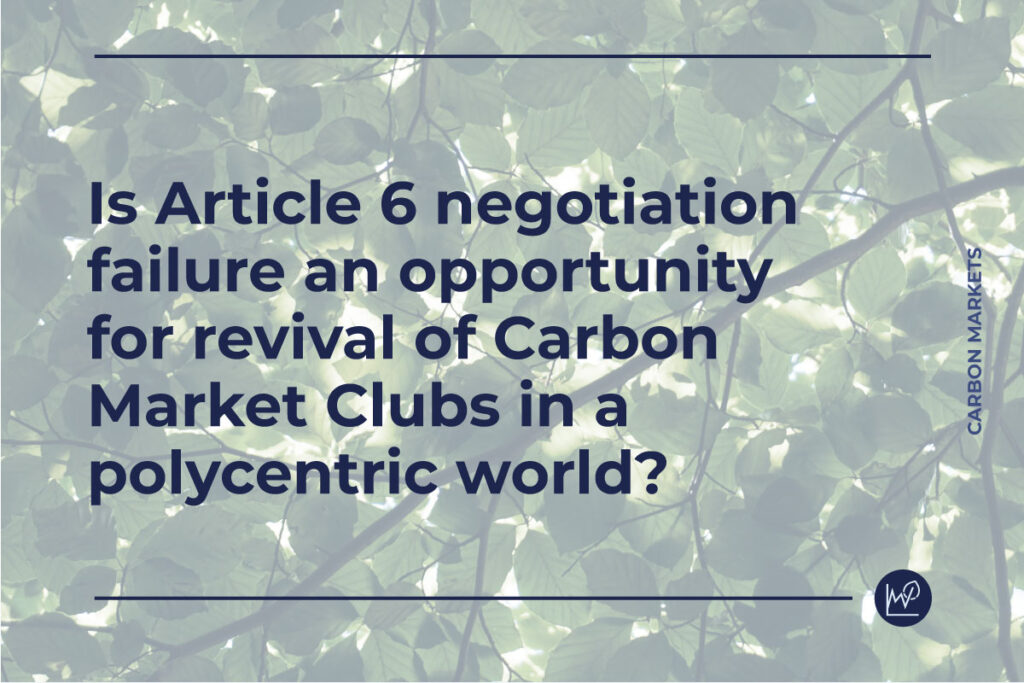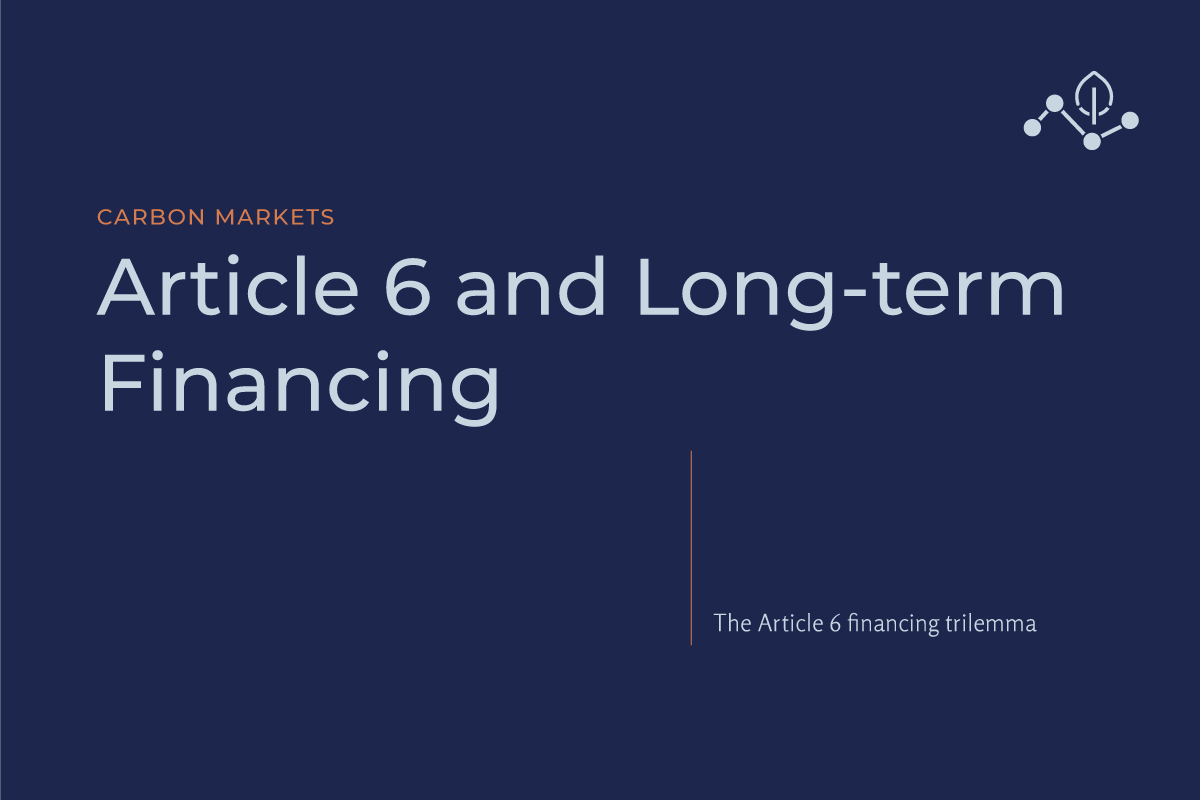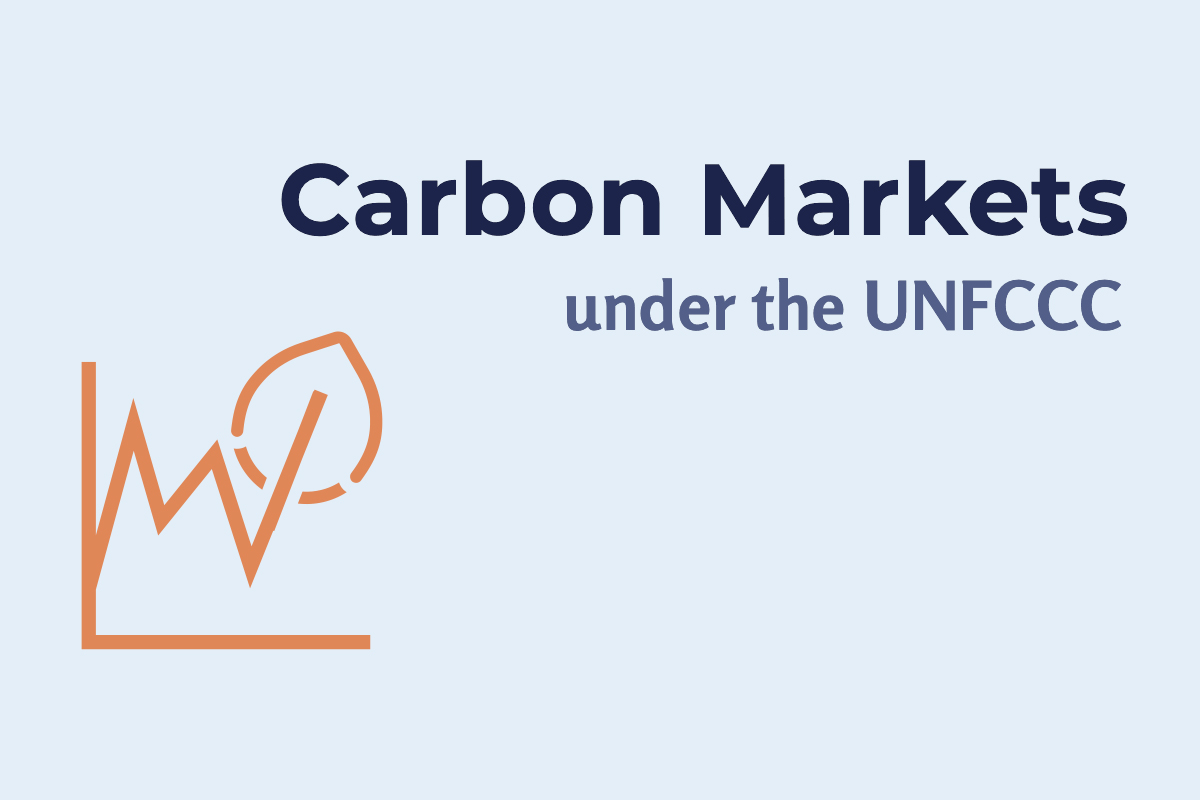Listen to article
The outcome of COP28 for international carbon markets has resulted in disappointment at various levels, ranging from “it would have been good to have a decision on this” to “there will be no trust in Paris Agreement markets now”.
The Article 6.4 operationalization is delayed by a year or so, whatever consequences that may have, but Article 6.2 will continue as it is. More than anything else, the no-decision reminds that the Paris Agreement largely is a bottom-up system. Carbon markets are designed bottom-up and the global development of carbon markets demonstrate a great variety of domestic and international schemes.
The case for carbon market clubs
Pivotal work by the World Bank and others saw the reality of this and developed (or invigorated) concepts such as “networked carbon markets” and “carbon market clubs”. At the next COP, or the COP after that, will we see a strong push for centralizing Article 6.2 and eventually an agreement by all Parties on that? Maybe not. What we may see though is an increased interest in “carbon market clubs”.
The bottom-up approach of the Paris Agreement with the Article 6.2 guidance provides the basic foundations for the establishment of this. Thus, it would be practically possible, and in line with the Paris Agreement provisions, to establish a carbon market club that applies additional rules adapted to regionally specific circumstances. There are already examples of this. One example is the Climate Action Data (CAD) which is a global platform that links, aggregates and harmonises carbon credit data from project registries, currently involving 30 organizations and 11 countries. Furthermore, carbon market alliances have emerged in Africa and recently in the ASEAN to facilitate common approaches to carbon markets. Alliances of this type can be understood as the first step towards carbon market club formation.
Benefits of carbon market clubs
Collective action to address a global bad
However, the key argument for looking at different levels and different governance structures might not be that it is easier to collaborate, but that “the benefits from reduced GHG emissions are not just global in scope” 1. For members of a carbon market club, benefits can aggregate cost savings (for instance by widened access to emission reductions) and liquidity, and possibly mutual guarantees that other members would not impose border carbon adjustments as well as sharing some of the costs for the infrastructure that enables trading. If mitigations only contribute to the global good, i.e. stabilizing the concentration of GHG in the atmosphere, then a global governance approach would be the best. Conversely, if there are many different types of actors involved, governance is exercised on different levels, and benefits are created that are not solely global goods, could there be better approaches? And if there are better approaches, why wait for the one global solution that maybe be characterized by the least-common-denominator?
Adapting to realities to reach Paris Agreement goals
Will carbon market clubs, groups setting the environmental integrity bar higher and bilateral (multilateral) cooperative approaches undermine the role of governance and rules at the global level? The answer is most likely no. What can be observed though is an adaptation to realities, (different layers of governance, national and local conditions, and the fact that reduced GHG emissions are not the only benefit of a carbon market cooperation) leads to international cooperation that can enhance the ability to reach the objective of the Paris Agreement.




